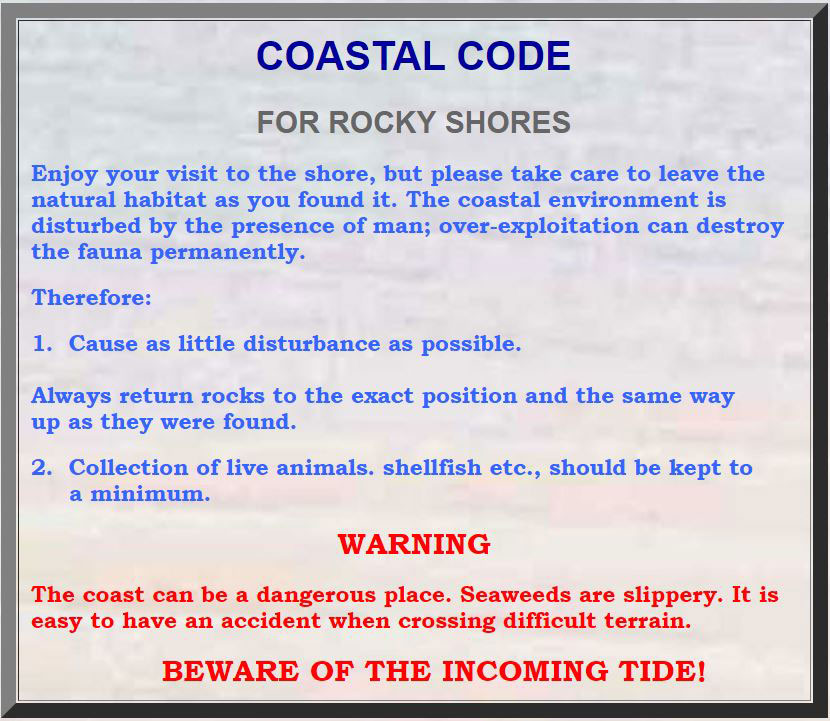| MARINE
LIFE NEWS
Reports
of marine wildlife from all around the British Isles, with pollution incidents
and conservation initiatives as they affect the flora and fauna of the
NE Atlantic Ocean
27
November - 7 December 2018
The Sei
Whale, Balaenoptera
borealis, that visited the harbour
of Hobro (Ørnedalsbugten,
an area of the Mariager
Fjord waterway that travels from Hobro to the Kattegat
sea), Denmark, eventually perished. It looked emaciated and ill and it
made no attempt to swim away to the open sea.
23
November 2018

White-beaked
Dolphin
Photograph
by Justin Pollard
A dolphin
washed ashore dead at Pevensey
Bay, East Sussex, was discovered to be an unexpected White-beaked
Dolphin, Lagenorhyncus
albirostris, that is not normally
found this far east up the English Channel.
BMLSS
Cetacea
CSIP:
How to report a stranding
14
November 2018

Amongst
the debris washed ashore on Chesil
Beach, Dorset, included Goose Barnacles,
Lepas
anserifera, Lepas pectinata and Lepas
hilli, and the rarer pelagic species Concoderma
virgatum.
BMLSS
Barnacles
12
November 2018
A
surprise Risso’s
Dolphin, Grampus
griseus, was spotted swimming in the
tidal River
Ouse (map)
(tidal tributary of the River Humber) over 30 miles away from the North
Sea. Any dolphin
would be a surprise that far upstream of a substantial estuary but the
pelagic Risso’s Dolphin is
usually only seen to the west and north of the British Isles and does not
normally inhabit the North Sea.
BMLSS
Cetacea
7
October 2018

Angler
Jeff
Fisk caught the southern fish known in England
as the Pompano
(also called a Derbio),
Trachinotus
ovatus, during a fishing competition off
Chesil
Beach, Dorset. It weighed 216 grams (7.6 oz). Other fish caught
at the same time were Garfish
and Mackerel.
Derbio
is a warm water fish that is only rarely seen or caught in British seas,
a moderately common shoaling fish in shallow water in areas of surge in
the Mediterranean
Sea and the adjacent Atlantic shores.
This small fish (up to 35 cm long) is found in clear waters over sand or
mud bottoms in the surf zone and also caught by anglers from rocky shores
from the Bay
of Biscay southwards.
Previous
Record 2014
3
October 2018
Six
large Edible Crabs,
Cancer
pagurus, were landed at Littlehampton,
Sussex, from 25 miles offshore in the English Channel. The largest
one weighed 4.4 kg (9 lb 4 oz) with a carapace width estimated
at about a foot (300 cm).
Reports
of Large Crabs
25
September 2018

Beluga
Whale
Photograph
by Neil Philips
A most
unexpected discovery of an all white Beluga
Whale, Delphinapterus
leucas, seen actively swimming in
the narrow part of the estuary of the River
Thames, was first spotted by ecologist and
ornithologist Dave Andrews,
who said it had been feeding around barges near Gravesend
in Kent. The video showed the whale looked in healthy condition despite
being thousands of miles from its normal home in Arctic seas.
Beluga
are sociable toothed whales and a very agile like dolphins which enables
them to catch fish and crustaceans. Their nearest normal habitat is Arctic
seas, of Russia, north of Norway, where they need their echo-location to
avoid the pack ice and to find blow holes and to come to the surface in
open sea to breathe.
Previous
Report 2015Daily
Telegraph Day 3 Report
22
June 2018
A tall
black fin appearing above the surface of the water in Plymouth
Sound was thought to be a rare appearance of a Killer
Whale, Orca
orcinus, off the south west coast
of England.
BMLSS
Cetacea
6 June
2018

Common
Octopus
Octopus
vulgaris
Photograph
Gallery by Philip
Shinton
At
the depth of ten metres off the Dorset coast I discovered my first Common
Octopus, Octopus
vulgaris, in thirty years of
diving. This was a very large octopus,
at tip to tip about two metres long and his head was about double the size
of a rugby ball. It seemed about as big as me. Octopuses
are usually nocturnal, but this one was active in the daytime.
The
Common
Octopus is most easily identified, if discovered
in the English Channel, by having two rows of suckers. A hearsay reports
says they were all wiped out in the cold winter of 1963.
This octopus
is a southern species at its northern biogeographical limit in winter off
British coasts.
BMLSS
Octopuses
18
May 2018
A
Bearded
Seal, Erignathus
barbatus, was spotted at Lerwick
in the Shetland Isles.
Bearded
Seals are a non-migratory Arctic species that feed on molluscs including
clams. Visits to the most northerly of the Scottish isles are rare and
newsworthy.
Previous
Report 2013
BMLSS
Seals
FORUM
NEWS
Marine Wildlife
of the North-east Atlantic Ocean Mailing Groups

British
Marine Life Study Society
facebook
Page:
https://www.facebook.com/groups/glaucus/
This
is designed for quick less important chatty news items. Photographs can
be uploaded quickly which is only possible on the Yahoo Group by going
to the web page.

Images can be
uploaded to flickr.
http://www.flickr.com/groups/glaucus/
Wet
Thumb (Marine Aquariology) Forum Link



|
Lots
of marine wildlife reports from Shetland on facebook
Photographs
include undersea, sea mammals and birds.
Click
on the image to connect |

All
reports by Andy Horton unless the credits are given
to
other observers or reporters.
Cornish
Marine Wildlife (Ray Dennis Records) 2009
|


